2023 Cooking Appliance Buying Guide – Best Ovens and Ranges for Your Money
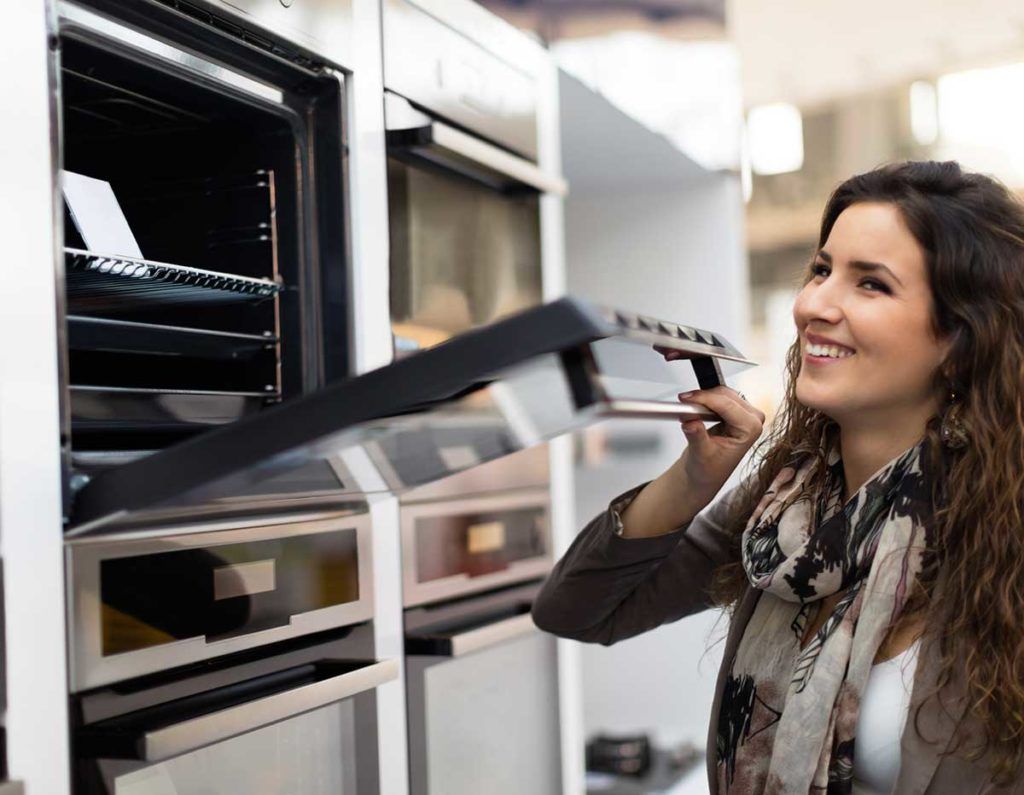
The appliance industry has faced all sorts of supply chain disruptions since the start of the pandemic (everything from the sourcing of raw materials to distribution has fallen behind), with the result that new cooking appliances are costlier and harder to find. If you’re intent on making this the year you buy a new oven or range, our 2023 cooking appliance buying guide will will simplify your buying process by helping you focus on what really matters:
- How reliable is each brand, and what is the quality of their customer service when the product breaks?
- How can you determine which ovens and ranges are better at the task of cooking food?
With this info, we hope to help you find the best cooking appliance for your money. And if you don’t, book an appointment to have your current oven or range serviced.
Reliability and Manufacturer Support
What service is available in my area?
Before you start to narrow down your list of brands, first research the warranty service options available in your area (at the end of the guide, we provide a table with links to each brand’s service locator). Nothing is more frustrating than having an appliance break and discovering there are no options for getting it fixed where you live, or having to go through an especially difficult process to get the manufacturer to cover the repairs because you had to go out of network (think healthcare for your appliance).
- Some areas in the US have no servicer for the brand.
That’s not to say that no one in the area will be able to service the appliance (though that is sometimes the case), but it does mean those technicians aren’t very familiar with the product, and parts may be difficult to come by. For this reason, the manufacturer won’t always approve warranty repairs unless done by an authorized servicer. Don’t risk it.
- Some areas may have only one authorized servicer.
Check out the authorized servicer before you commit to the brand. If it looks like they are a nightmare to work with, don’t sign yourself up for the nightmare in case your product breaks under warranty.
How much is the lifetime cost of ownership?
To uncover the true cost to own any oven and range, next look at:
The generosity of the manufacturer warranty
Our guide ends with a table that includes grades for each brand’s cooking appliance warranty, so be sure to check out those grades. Additional warranty related items to consider include:
- What makes for a good warranty?
Most cooking appliance warranties are the same: one-year limited warranty covering labor and parts. Higher-end brands offer longer warranty coverage—two years labor and parts for Thermador and Wolf, plus an additional three years for parts with Wolf appliances. You might find more years of warranty coverage for more modern models, with glass or induction cooktops, as manufacturers try to work out the kinks, but in these cases you are trading reliability for more coverage.
- Brands that play fast and loose with the warranty.
On the flip side of that, it’s worth noting that warranty details don’t always tell the full story. Some brands go the extra mile regardless of whether the product is under warranty — “Oh, you’re a few months out of warranty, don’t worry, we’ll take care of it” — or whether the issue is with the appliance. We have known manufacturers to pay for a warranty visit when it was just an issue with the home or a product education issue (e.g. Samsung and Wolf).
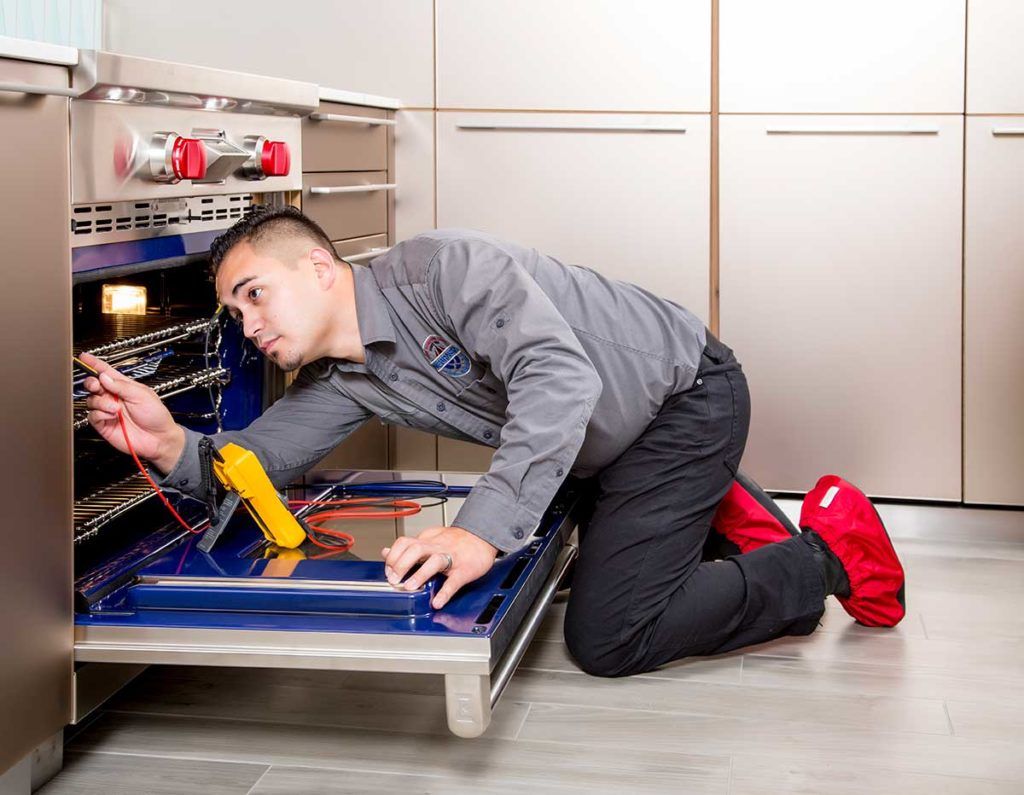
Yes, longer, more comprehensive warranties are better because they save you money by covering the cost of more repairs. More than that, a better warranty also indicates that a brand is more willing to stand behind its customers as well as its product.
Think of the warranty as an indicator of how much trust the manufacturer has in the quality of their engineering, the error-free nature of their production lines, and the reliability of their products. They wouldn’t offer so many years of coverage if they thought the appliance would be breaking down all the time.
BUYER BEWARE, do not be suckered into paying for coverage from an extended warranty company. Read why it’s almost never a good idea to buy an extended warranty here.
How often it will require service
We have data going back decades and know a thing or two about the reliability of these brands. You can check out the table at the end of the guide for our reliability grades, but here are a couple quick ways to spot reliability:
- Gas cooktops + electric ovens are the ideal.
Not only is gas the ideal way to cook on cooktops and electric the ideal for cooking in ovens (more on this later), the same applies to their reliability and ease of repair. While a gas range top requires little repair over its life, electric top burners will fail periodically, as well as their burner controls. And a gas oven will require new bake / broil ignitors much more often than an electric oven will require bake / broil elements to be replaced. If you want the best of both worlds, buy a dual fuel range, which is a gas top with an electric oven.
- A convection oven is only worth it if you use it.
Convection ovens, those that use fans to circulate heat throughout the oven for faster and more even cooking, are worth it if you use them. But because these products must place bearings near heat sources, convection fan motors have a high rate of failure. You need to get your money’s worth out of this technology to come out ahead in terms of value.
- Smart, computer-controlled ranges offer few worthwhile features and are more prone to failure, including dangerous failures.
A range that uses relays for the cooktop burners (i.e. controlled from a single computer console) do tend to see more failures on those burner controls than a typical infinite switch burner control, and the relay boards are far more costly to replace. Relay type burner controls are also more prone to failing catastrophically, where the relay welds and sticks on, sometimes causing dangerous failures. We haven’t yet met a smart range oven that overcomes these flaws with a set of valuable features.
- Newer tech is cool but less proven and less reliable.
Take induction cooktops for instance. It’s a really impressive technology, but it requires complicated circuit boards with many common failure points. Fans, capacitors, and other pieces of the control boards will fail, and generally much sooner than a traditional gas or electric range. Induction cooktops are the Icarus, or James Dean, of the appliance world – impressive, but they burn a little too brightly.
- Don’t put a lot of stock in extra features.
Strangely enough, the highest price point ranges have more in common with low-end ranges, because they feature very few bells and whistles. There’s a reason for this, bells and whistles break, and pro-grade appliances focus on being exceptional and reliable products.
- The higher the cost, usually the more reliable the oven and range.
While many ovens and ranges are less complex than their appliance counterparts, they are still complex machines expected to produce precisely cooked meals for decades. For that reason, you should be wary of any cooking appliance that comes cheap. Good design, production and quality assurance cost money. The more a product costs to build and quality test, the more it will cost consumers to buy, but the more value it will provide in the long run.
- Don’t overlook the safety issues involved in these appliances.
Aside from the fear of gas leaks, gas burners use an open flame, which can catch dishcloths, hot pads, and wooden utensils on fire. Gas appliances also produce carbon monoxide, which can be dangerous if the systems in place to remove that CO break down. Electric ranges are not without their concerns, as their burners and cooktops hold heat longer—we’ve seen many plastic cutting boards melted to electric burners.
- Don’t overlook the safety issues involved in these appliances.
- The higher the cost, usually the more reliable the oven and range.
- Don’t put a lot of stock in extra features.
- Newer tech is cool but less proven and less reliable.
- Smart, computer-controlled ranges offer few worthwhile features and are more prone to failure, including dangerous failures.
- A convection oven is only worth it if you use it.
Be sure to check out our oven and range grades at the end of the guide.
Also, it’s worth mentioning: don’t use self-clean mode. It stresses all heating elements and increases the likelihood that they’ll break at a critical moment. Clean your oven often with a damp rag and mild cleaner and save the self-cleaning cycle for big stubborn messes.
The cost and availability of parts
Don’t worry, we don’t expect you to base your decision on broil element prices, because you honestly shouldn’t be thinking about that when buying an oven. Yes, higher-end models tend to have more expensive parts, but that’s because those parts are higher quality and rigorously tested, meaning they are less likely to break again. Replacing a $50 part twice is more expensive than replacing an $80 part once.
What you should be concerned with is the availability of parts. Low-end brands have a habit of discontinuing parts for older models. If something important breaks on your appliance, you are out of luck, no matter how few years it’s been since you purchased it. Which means it’s time to buy a new appliance.
The one exception is induction cooktops. Many gas range parts can be adjusted, cleaned, or replaced with equivalent parts if they break, but induction boards are highly model and manufacturer specific, and if they go discontinued, you’re sunk.
The average life span before it needs to be replaced
Ovens and ranges have the highest life expectancy of any appliance in your home, so what you buy will last you and your home a long time. According to available data, range ovens last 15 years on average. High-end models live an average of 25 years, and we’ve known some ranges to keep on cooking into their third decade.
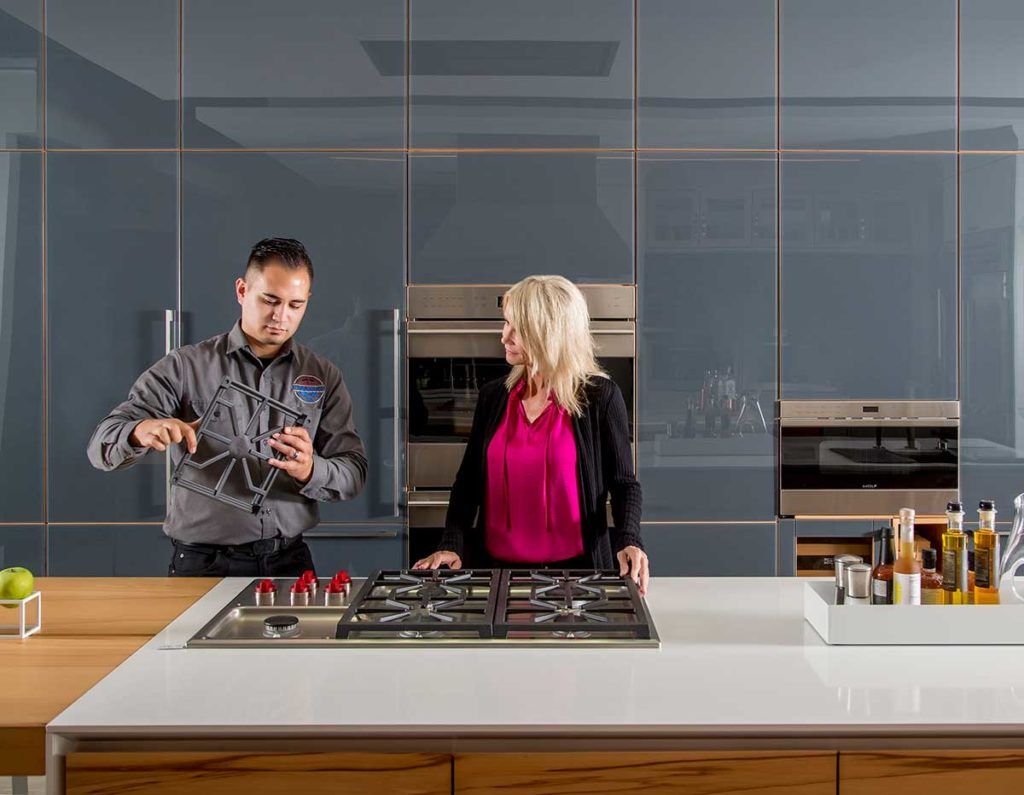
Of course, cheaper models are going to survive for only two-thirds to three quarters as long as middle-of-the-road models, while top-end models may last nearly twice as long. As for induction ranges, we’d estimate only 5-7 years now, due to their high failure rate.
To further improve the lifespan of your oven, don’t heat your house with it. These appliances are built for intermittent operation; constant operation will cause their elements to expire far far more quickly.
How easy does the brand make owning the appliance?
As servicers, we know a product’s reliability isn’t just about expenses. Sometimes, just avoiding the headache and time suck that is a broken cooking appliance has value beyond dollars saved. Here are a few ways brands can make a product easier or harder to own:
- How easy do they make installation?
After you buy your oven or range, installation is the next step. Many dealers offer installation, but not all. Or you may be the sort of customer who wants to shop around for that service. Talk with the dealer and manufacturer to learn what they can do to support your installation experience. This step is especially worth taking seriously if you’ll be hooking up a gas or dual fuel appliance.
- How easy do they make warranty calls?
If your product breaks while under warranty, some manufacturers like Bosch and Wolf are flexible, allowing you to call an authorized servicer directly and avoid the rigmarole of the call center experience. Other manufacturers, such as Samsung and LG, insist that customers go through an extended phone support experience before they determine service is needed. Sometimes poor communication between the manufacturer and authorized service companies means customers have to repeat information to the servicer.
- How many resources do they provide owners with?
Check out the owner portal of their website. Is there a lot of information readily at hand, including warranty information and manuals? Are there recipes designed specifically for your new oven and range to help you get familiar with how it works and cooks? Easily accessible resources like these will make your life a lot easier.
QUICK RECAP
- Check for service in your area before you buy
- Take a close look at the warranty info
- Review our reliability and service support grades
- Look around on the website for resources for owners
Cooking Excellence
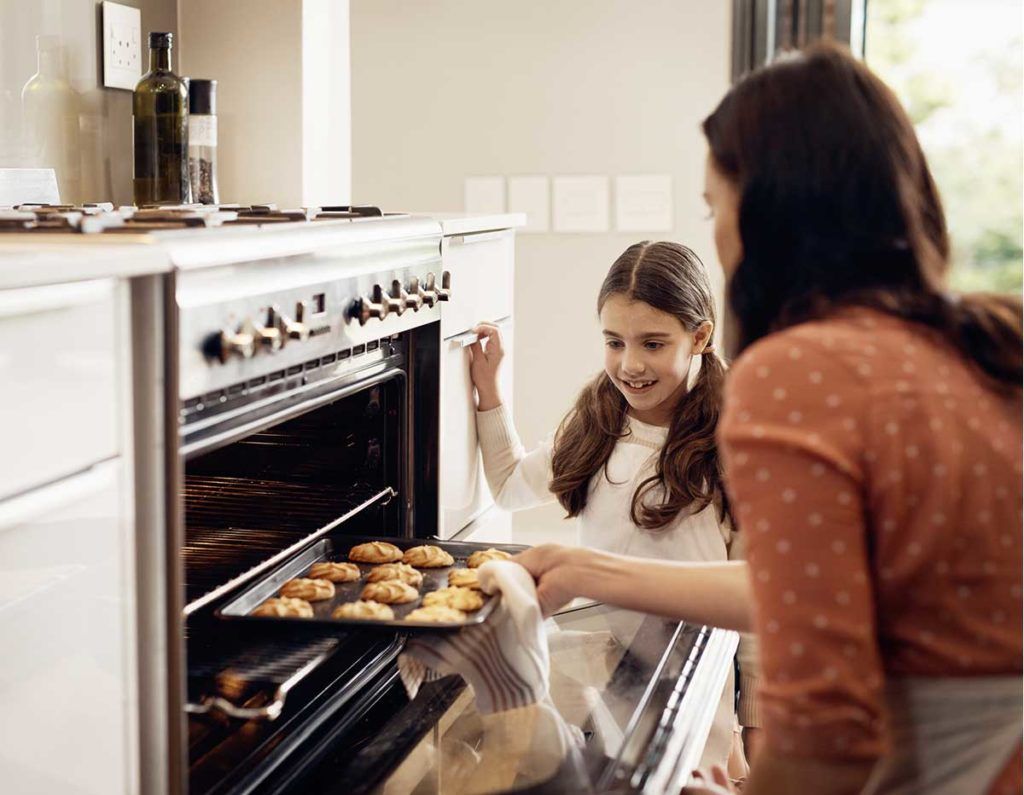
How well does it do the job I’m buying it for?
We believe reliability is one of the most important considerations when buying an appliance, and we hope you agree. But we also understand that, at the end of the day, cooking appliances are there to cook food and cook it well.
The better the range, the easier it is to use and the better meals it produces. A great range will have you cooking more meals at home, saving you lots of money and letting you eat healthier. For a family of four, a home-cooked meal amounts to about $32 or less; takeout costs an average of $46.90; and dining out costs more than $50. Those meals out add up fast, meaning the value you get from being empowered to cook more at home easily eclipses any value you get out of owning a more reliable appliance.
The good news? The most reliable appliances are also the ones that make cooking easier and better.
So how do you pick the best oven or range for your needs?
First, a quick rundown of why gas cooktops are much preferred:
- Gas takes less time to heat up
- Gas makes judging temperatures easier (I turn the heat up, the flame gets bigger and vice versa)
- Gas handles changes in temperature far better, because changes are instantaneous, enabling the sudden changes that some recipes and cooking methods require
- Gas burners handle temperature control better—setting a gas burner to 50% actually puts the gas volume at 50%, setting an electric burner to 50% makes it cycle the burner on and off, between 100% and 0%, to find the middle point
- Gas allows you to char, toast or flambé if necessary
- Gas cooks food more quickly and evenly because the flames spread on the edges of the pan
Gas is the workhorse of the commercial kitchen, for its control and efficiency, and it should be the center of any serious home kitchen as well. The one exception is at low temperatures. While cheap gas ranges may still be able to produce a lot of BTU, they struggle with low temperatures, unlike their cheap electric counterparts. High-end models by brands like Wolf, Thermador and Dacor don’t have this problem and have electric beat on all counts.
When it comes to ovens, only the first benefit of gas cooktops holds. With ovens, the most important feature is the oven cavity and its ability to hold heat, followed by the ability to hit a consistent temperature. With high-end models, neither gas nor electric have a leg up on either. That said, electric ovens produce drier cooking environments (useful for a lot of oven cooking) with fewer reliability problems.
It’s for the above reasons that we highly recommend dual fuel ranges—gas cooktops with electric ovens, the best of both worlds. Note: while it is possible to buy a gas cooktop and electric oven separately, this presents installation challenges, as contractors / installers must account for the best practices in terms of service access, proper airflow around the units, etc. If you buy a dual fuel appliance, the engineers at the factory already built and tested the appliances to meet those standards, which will save you time, money and headaches.
Other key things to keep in mind:
- Check the “power” of the power burner.
Make sure at least one burner on your range-top has enough power, either BTUs (gas) or Watts (electric) to bring that large stockpot to a boil. Nothing is more frustrating than waiting for water to boil. And while some cheap gas ranges may boast big BTU numbers, it’s important to note that they are not equivalent to the pro line ranges. They may be fine for boiling water, but their thermal regulation is terrible, making them terrible for controlled cooking. If you go cheap, your simmer might be a rolling boil.
- High-end ovens and ranges are UNBELIEVABLY better at temperature variation and maintaining those temperatures.
With ovens, this is mostly due to better, heavier materials used to insulate the oven cavity, heavier door designs, and better software logic. A high-end Dacor or Wolf range may hold a temperature within 5 degrees of your set point, where you may find a 50-degree temperature swing on your basic mainline brand. With cooktops, while maintaining a steady temperature is key to controlled cooking, the range of temperatures high-end appliances are capable of producing is the real selling point. They all feature powerful burners that can get that stock pot full of corn boiling rapidly. On the flip side, their low temperatures are truly, steadily low. GE Monogram boasts that their range burners with simmer control are so gentle that you can put a dollar bill on the burner grate and set the burner to extra low and the bill won’t catch fire or discolor.
- Induction cooktops are great, but very high maintenance.
Induction cooktops offer very precise cooking, with the most amount of heat energy directly applied to the food being cooked. But they are so prone to failure, and require their own set of special cookware, that we don’t recommend them now.
- Convection cooking is a great feature, if you use it.
Convection ovens offer very even preheating and, by circulating the heat throughout the oven, make it very easy to cook many dishes at one time. If you need a dry environment, the convection oven can pull moist air from the cavity. If you need a moister environment, you can reduce the baking temperature by about 25º to keep more moisture in the food.
- Are integrated temperature probes worth looking into?
We’ve never actually seen a customer use a temperature probe in their oven. Maybe they do it once a year for their turkey, but in practice most probes sit in the cupboard with the manual after purchase.
- Double ovens are great if you have the cabinet space.
Unlike cooktops, ovens can only cook at one temperature at a time, which makes it impossible to bake multiple things at once if they require different settings. Having a second oven is often a godsend for holiday meals, but there are plenty of other times in the year you’ll want to roast meat/veggies and bake a pie at the same time. And because ovens are among the most reliable appliances, and you’ll be divvying up the wear and tear between the two, you won’t be adding much additional costs in terms of maintenance.
- Electric cooktops are much easier to clean.
Flat surfaces and the lack of intricate burner components make electric cooktops much easier to clean. Pro-style gas ranges have narrowed the gap though by elevating the cooktop burner grates in a way that aides cleanup and hides the mess.
Two Other Cost Considerations
What about energy efficiency?
Ovens and ranges do use a lot of energy when actively heating, but they will never be the biggest consumer of energy in your house. Still, if energy efficiency is a consideration for you in your search, here a few general insights beyond the ENERGY STAR® ratings.
- Gas is more energy efficient
Gas cooking appliances are usually more efficient, though it does require a hookup.
- Gas ranges still work when the power is out
Omaha sees a couple power outages a year. Not often, but enough for you to get value out of still being able to use your range to cook food. But, again, don’t heat your house with them, especially when the power is out, because you won’t be able to run the vent fan to clear the small amount of carbon monoxide produced by normal combustion.
- Energy ratings don’t tell the full carbon footprint story
ENERGY STAR ratings don’t take into account the resources, water, and energy used to produce the appliance, nor what it will take to recycle the appliance at the end of its life. So, while it’s admirable to try to reduce your carbon footprint, we consumers will never know which ovens and ranges truly have the smallest carbon footprints.
- Check for rebates and special offers from local utilities and government agencies
You should always check to see whether any rebates and/or special offers are offered in your area for choosing an ENERGY STAR product. Why not try and save money on a better oven or range? Clearly, go for the ENERGY STAR product where you can — the drawbacks are by and large overblown — but don’t base your decision solely on ENERGY STAR ratings because they don’t tell the whole story of the product’s water and carbon footprint.
Clearly, go for the ENERGY STAR product where you can — the drawbacks are by and large overblown — but don’t base your decision solely on ENERGY STAR ratings because they don’t tell the whole story of the product’s water and carbon footprint.
How will it perform as an investment in my home?
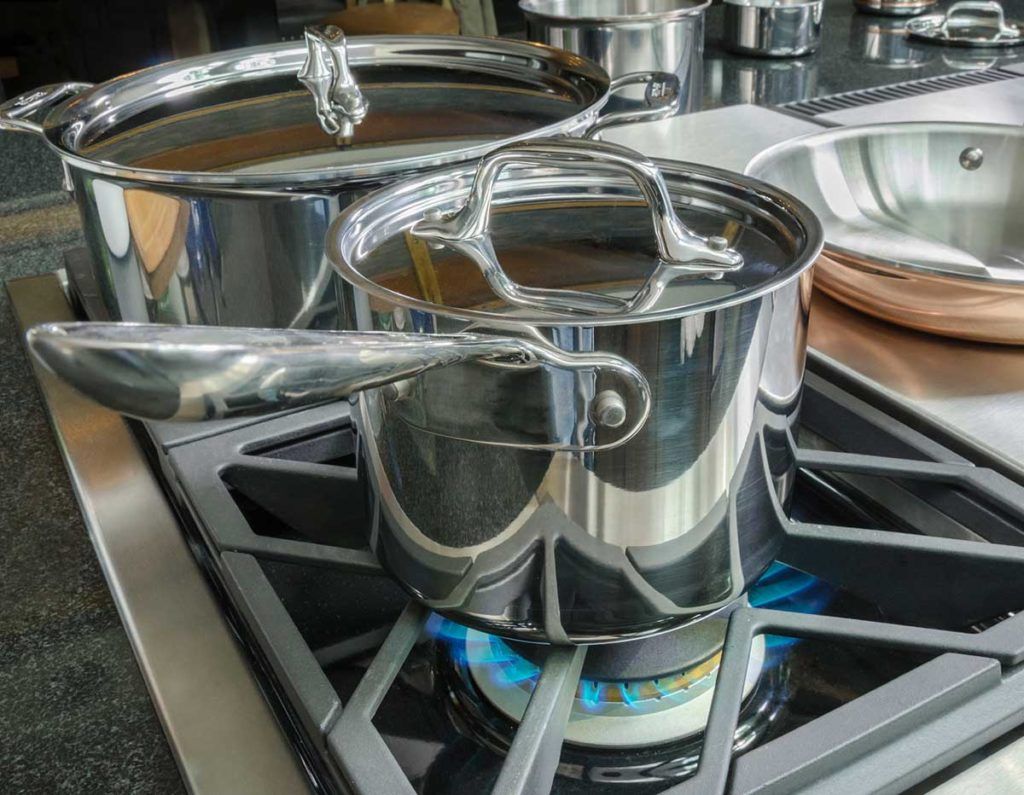
That’s right, appliances can be an investment in your home. A recent Zillow report showed that homes with professional-grade appliances had sale prices 29% higher than similar homes without professional-grade appliances.
Why? Well, for one, high-end appliances provide a lot of utility and value to homeowners. Cooking appliances that look beautiful and cook exceptionally well are much preferred by homebuyers. So it stands to reason that homebuyers would pay a premium for homes with professional-grade appliances.
And guess who else gets to enjoy these benefits as long as they own the house? You!
So if you’re considering some home renovations to increase the value of your property, just remember, replacing your appliances requires a whole lot fewer headaches and work than, say, remodeling a bathroom.
What Is the Ultimate Cost of Ovens and Ranges?
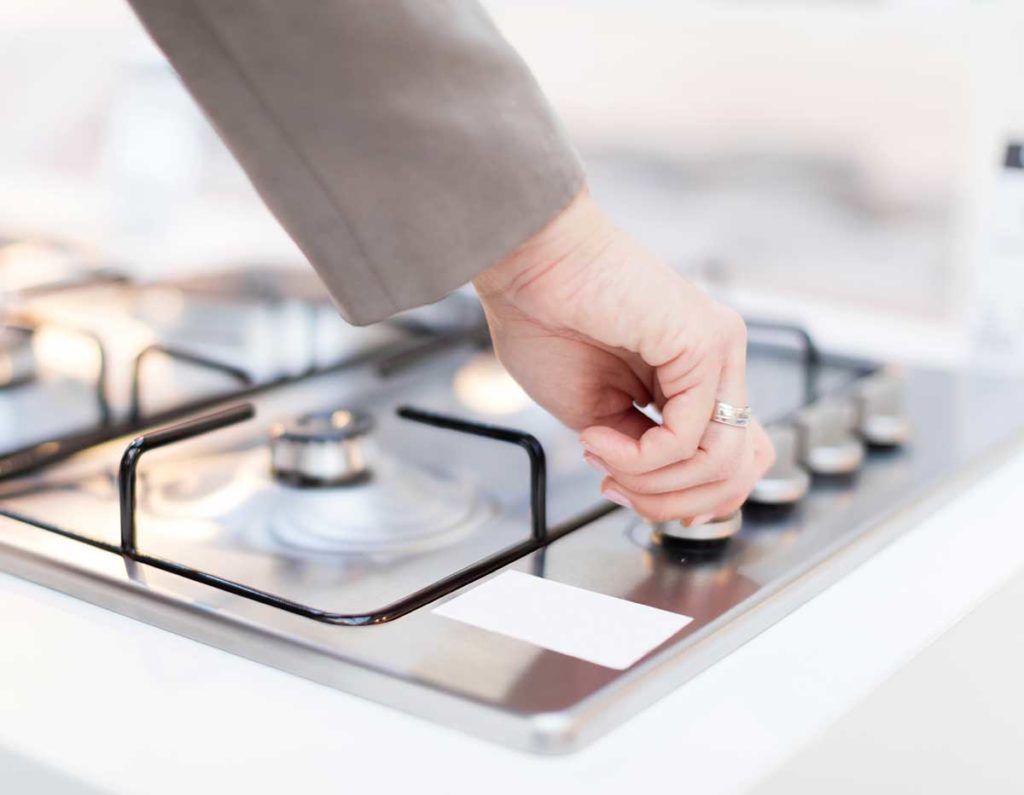
Some folks still get sticker shock when they see a range at $6,000, let alone the ones that cost $10,000, but we encourage you to think differently about that cost. Remember those average meal costs for a family of 4 (home-cooked meal = $32; takeout = $46.90; and dining out = $50)? If you buy a high-end range that makes cooking easier, more fun and produces better meals, and that gets you to cook just two more meals at home a week, over the course of its 25-year lifespan, you will save over $36,000.
On top of which is the fact that those high-end ranges come with a longer warranty and break down less, saving you money on repairs (the average cost of which is between $100 and $200 per visit), and will live many years longer than their cheap counterparts. AND they’re making your home more valuable to own and sell. Trust us, you’ll be thankful you made the investment.
Our Grades
Brand Customer Support Product Reliability How It Performs Warranty Service Locator 
B Click Here 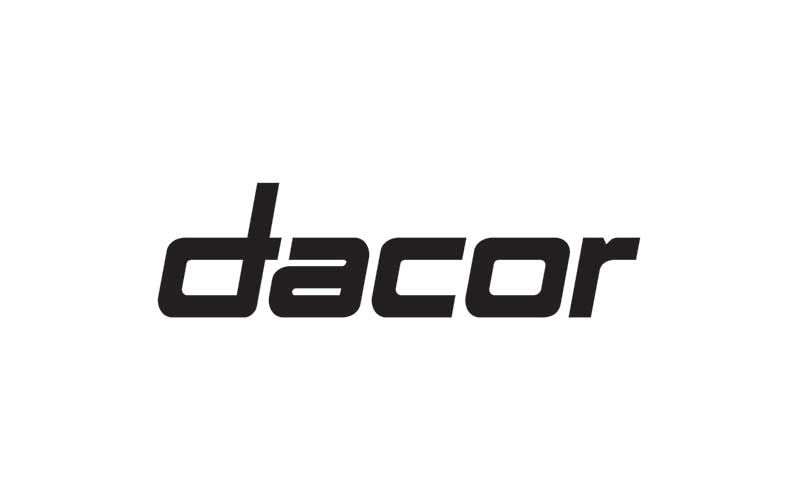
A Click Here 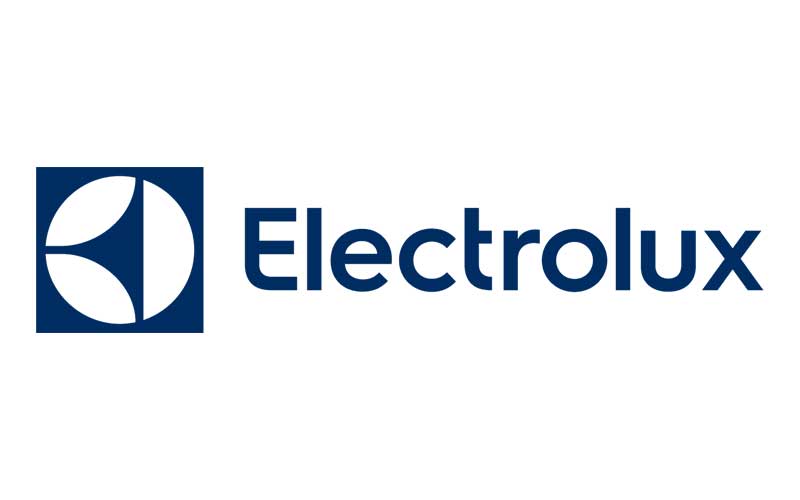
C Click Here 
C Click Here 
C Click Here 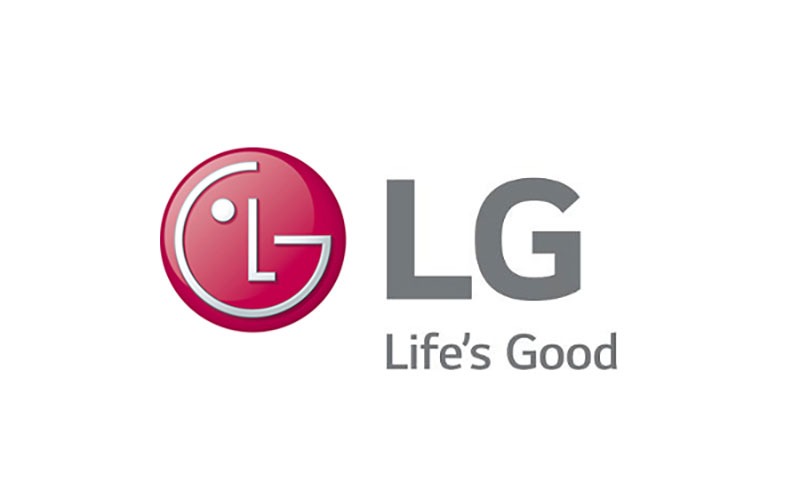
C Click Here 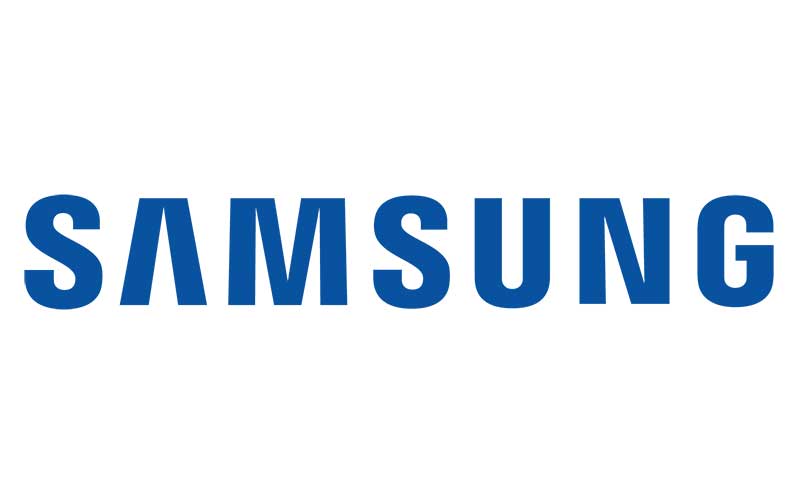
B- Click Here 
A Click Here 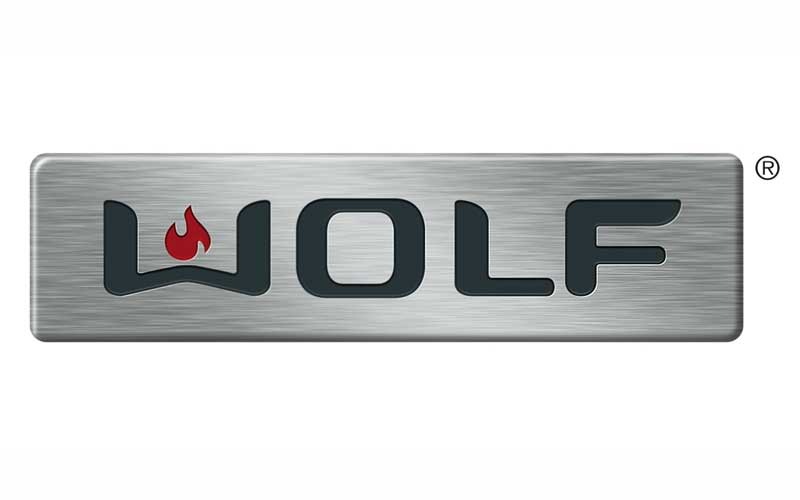
A+ Click Here 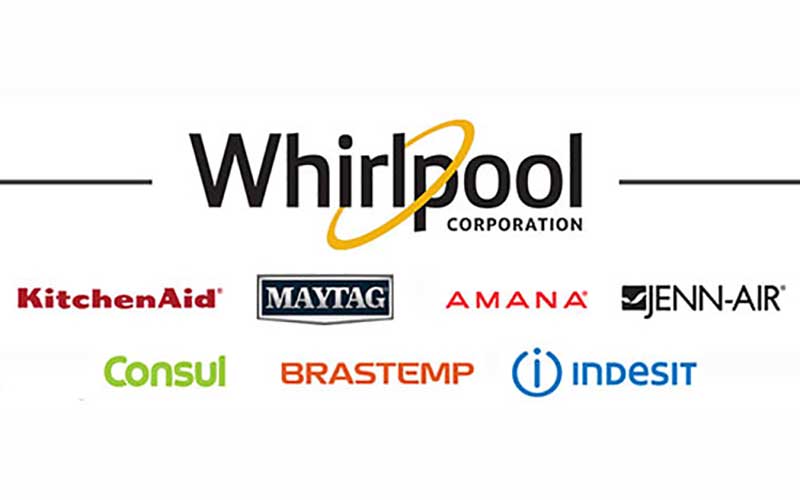
B Click Here

Todd Daganaar
Todd Daganaar is the president of Hometown Hero Appliance Repair (Hometown Hero)—based in Omaha, NE—which has been in his family since its founding in 1988. He’s been fixing appliances since he was two (though it took till he was 16 before he found any success at it). Since taking over the company in 2011 and placing an emphasis on technical training and product knowledge, Hometown Hero has grown over 300%, secured authorizations from nearly all major appliance brands, and expanded into Lincoln and Des Moines. Todd graduated summa cum laude from the University of Nebraska at Omaha, majoring in religious studies and focusing on Sanskrit and Indology. He has a wonderful wife, two dogs (one of which is also wonderful), and two objectively amazing daughters.








